Latest Posts
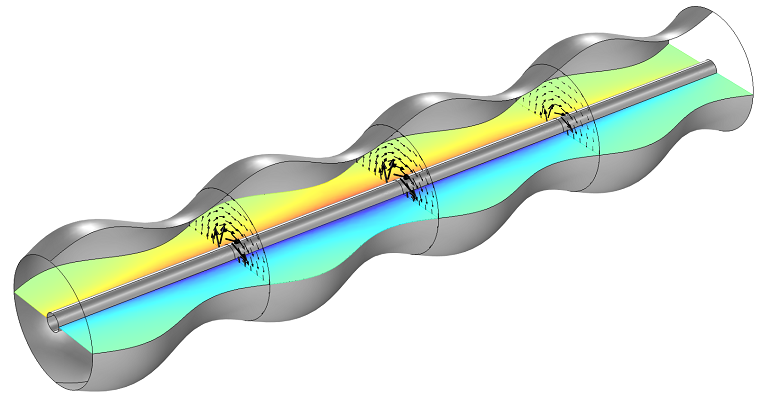
Computing the Impedance of a Corrugated Waveguide
Did you know that you can compute the effective impedance for waveguides with nonuniform cross sections (such as corrugated waveguides) in COMSOL Multiphysics®? We demonstrate how here >>

Happy Birthday, Josef Stefan
Josef Stefan is known for deriving the relationship between the radiant energy of a blackbody and its temperature, known as the Stefan–Boltzmann law. Learn more about the Austrian physicist.

Calculate the Force of a One-Sided Magnet
Magnets: How do they work? You can calculate the force of a one-sided magnet using COMSOL Multiphysics® and the add-on AC/DC Module.

Added Value of Task Parallelism in Batch Sweeps
You can use batch sweeps to improve your modeling performance when you reach limitations in parallel computing. Learn how in this part of our Hybrid Modeling blog series.
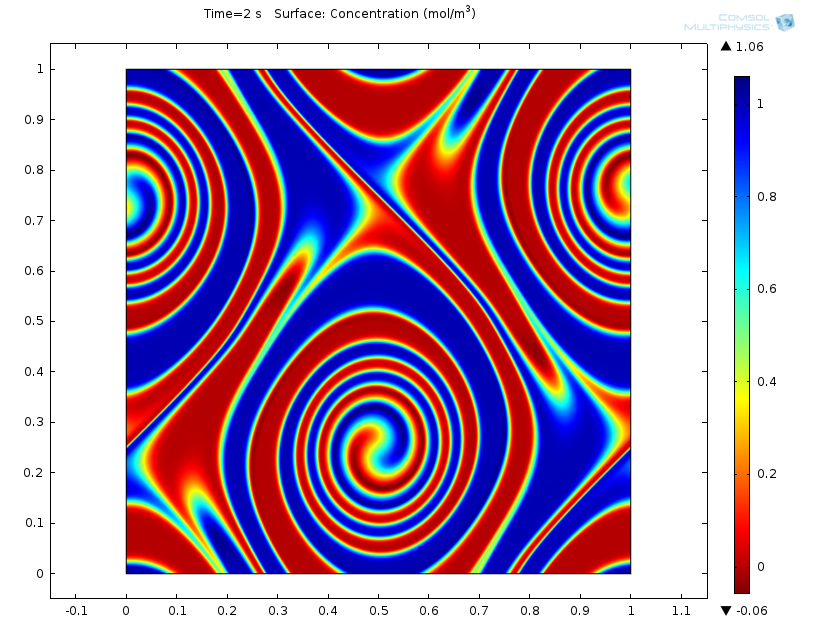
Simulating Kelvin-Helmholtz Instability and Climate Dynamics
Q: What do heated soap bubbles, wavy clouds, and Jupiter’s Great Red Spot have in common? A. An unstable motion called Kelvin-Helmholtz instability.
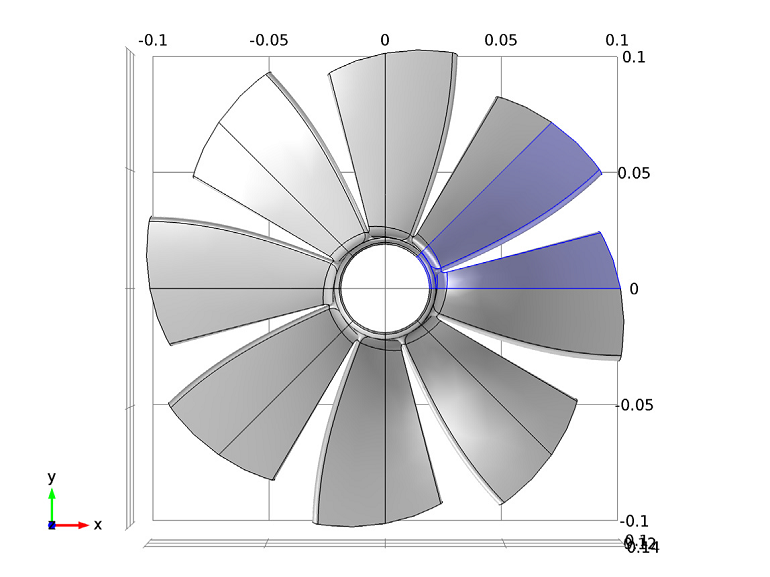
Using Cyclic Symmetry to Reduce Computation Time
Cyclic symmetry can be more complex for rotationally geometries than it can for axially symmetric geometries. Learn how to implement this feature to cut down on computational memory.
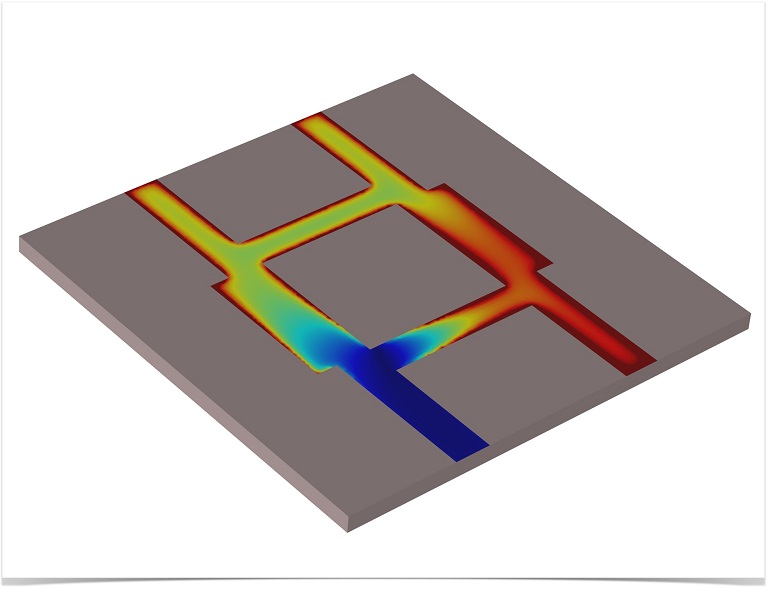
Modeling a Branch Line Coupler
A branch line coupler is made up of 2 sets of coupled ports with a phase difference of 90° between them. Power enters through 1 input port and is then divided equally between 2 output ports.
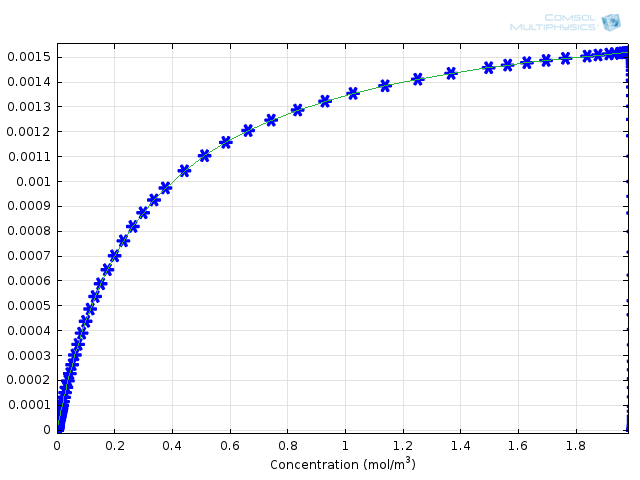
Enzyme Kinetics, Michaelis-Menten Mechanism
For the 100-year anniversary of the Michaelis–Menten mechanism, we honor the trailblazing publication the best way we know how — with simulation.
